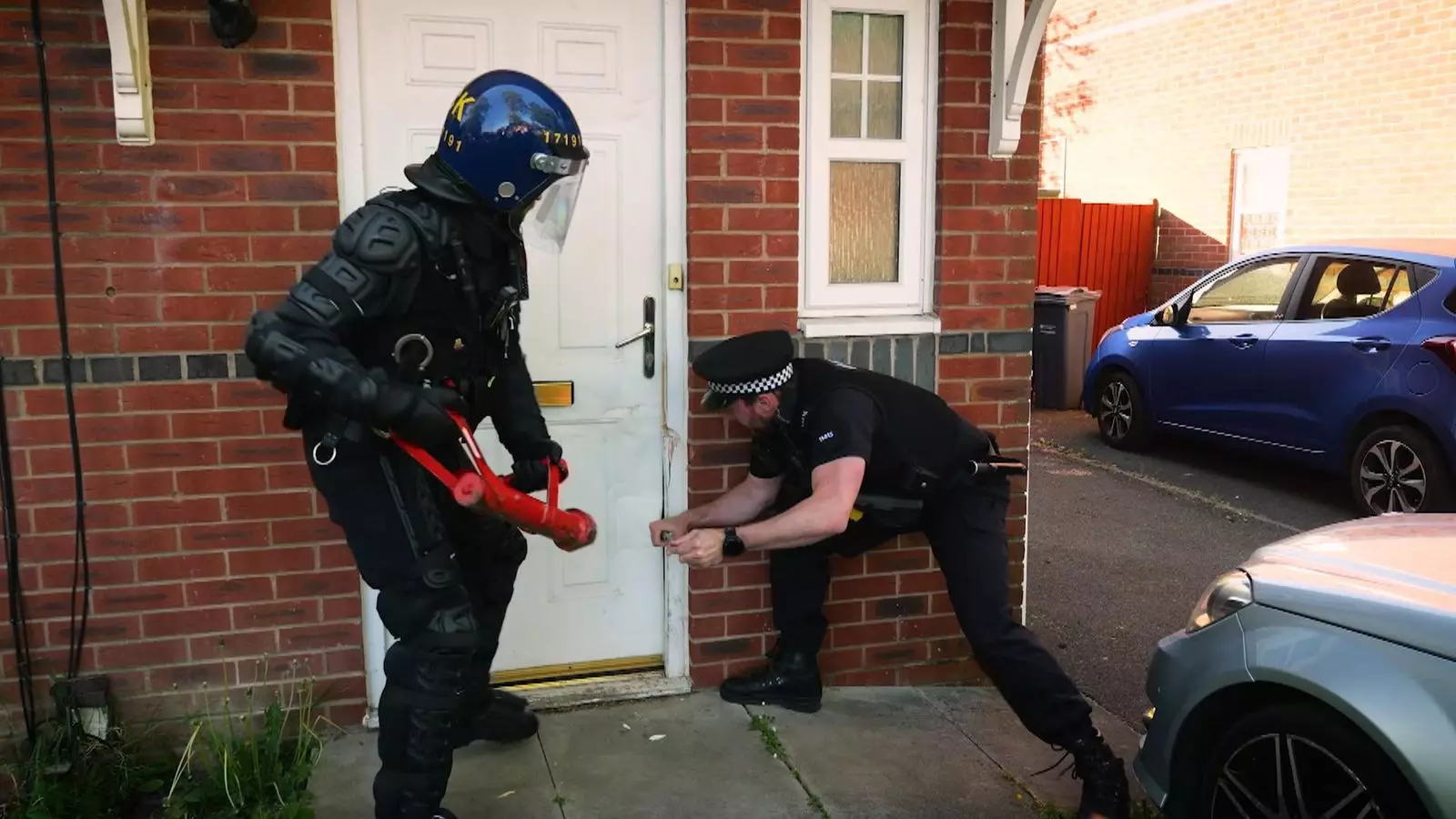The rise of organized crime in urban areas is creating an alarming new trend: the extensive use of residential homes and apartments as illegal cannabis cultivation sites. As criminal gangs weaponize these environments, the ramifications for innocent homeowners and tenants are profound. These operations not only foster an atmosphere of danger and unease but also contribute to community degradation, making what should be peaceful neighborhoods sites of turmoil. In this convoluted battle against crime, everyday citizens find themselves at the front lines of a battle they never signed up for.
The Hidden Menace of Cannabis Farms
Many people remain woefully unaware of the hidden dangers posed by seemingly innocuous rental properties. When a house transforms into a clandestine grow-op, the tenants and neighbors are left grappling with serious consequences. Criminal gangs, often utilizing rudimentary and unsafe methods to bypass electricity meters, create a ticking time bomb for fire hazards. With the illicit farms consuming excessive energy to sustain their operations, local utilities face a daunting challenge, while the potential for catastrophic failure emerges with every flickering light.
The statistics bear out this grim reality. Greater Manchester Police reported uncovering 402 cannabis farms in a single year, indicating that such operations are not isolated incidents but rather a widespread epidemic. The brutal tactics employed by these gangs—including violent raids known as “taxing” and aggressive intimidation—underscore the lethal seriousness of the crime. Innocent bystanders can unexpectedly find themselves entangled in violence not of their choosing.
Innocent Lives at Risk
The tragic death of seven-year-old Archie York in 2024 exemplifies the dire consequences that accompany these illegal operations. An explosion caused by chemicals in a cannabis factory led to devastation, shattering the lives of a family and exposing the dangers lurking behind closed doors. Each incident reinforces the argument that the legalization of marijuana doesn’t erase the criminal undertones of cannabis farming. In truth, the larger illicit market flourishes in the shadows, threatening community cohesion and safety.
In their quest for profits, local gangs resort to utilizing low-level operatives, often referred to as “gardeners,” who accept criminal responsibility to shield the masterminds behind these operations. This strategy further complicates law enforcement efforts and shields powerful perpetrators from accountability. One has to wonder how many more innocent lives must be put at risk before urgent legislative changes take place to tackle this evolving menace.
Rogue Landlords and Collateral Damage
The role of landlords cannot be understated in this narrative. Often unaware of the telltale signs, many fall victim to the manipulation of criminal networks that exploit their properties for illicit gains. As we see from the distressing accounts of landlords such as Sajjar Ahmad, the aftermath of discovering a cannabis farm can be nothing short of traumatic. Properties are left in shambles, resources drained, and lives uprooted, amplifying the need for accountability on the part of landlords and authorities alike.
The complexity of this crisis is layered: on one hand, there’s the frequent portrayal of cannabis as a benign substance, and on the other, an epidemic of violence, exploitation, and danger. Policymakers are at a crossroads, faced with the overwhelming responsibility to curb organized crime while re-evaluating societal views surrounding drug use.
Community Action and Awareness
The solution lies not only in heightened police enforcement but also in cultivating awareness within communities. Public education on how to spot the signs of a cannabis farm, combined with a community-driven approach to reporting suspicious activities, could serve as a catalyst for change.
It’s imperative that neighborhoods collaborate to confront this existential threat—understanding that while cannabis may be viewed through a lens of legality or harm reduction, the primary essence of these farms remains violent and illicit. Realigning societal discourse to prioritize safety over tolerance will not only empower communities but also build resilience against the profiteering of criminal networks that threaten public welfare.
The call to action is clear: we must advocate for a safer, more responsible approach in tackling organized crime and its collateral damage.

